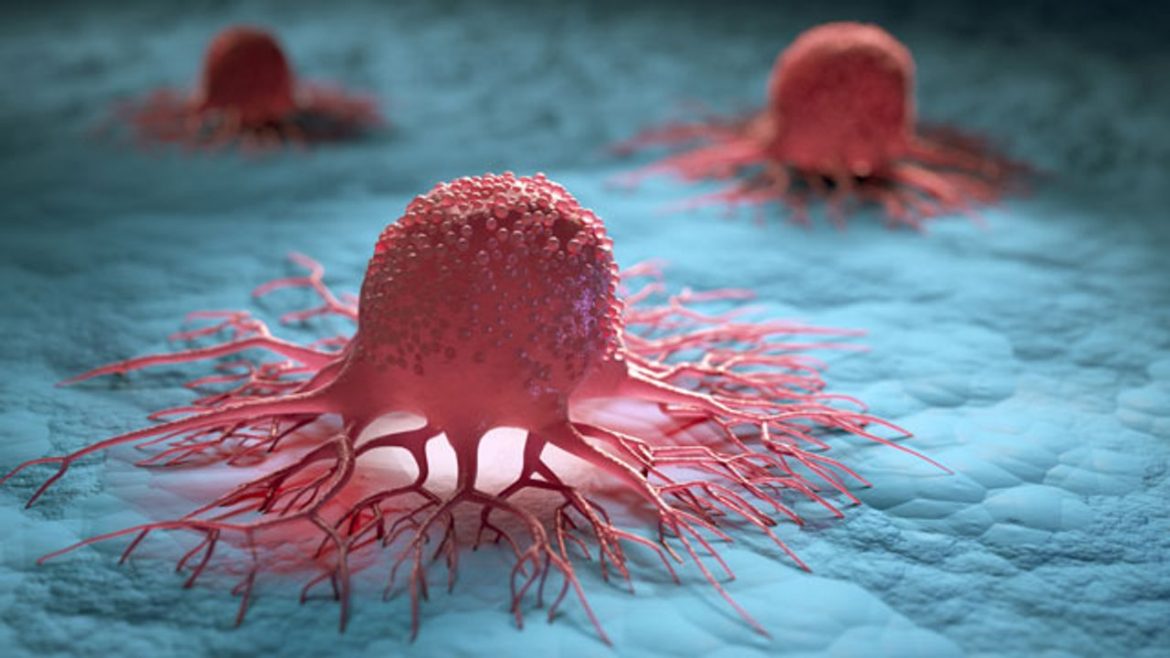Colon cancer is the third most common illness in the world, with over 2 million new cases diagnosed each year. The vast majority of patients are diagnosed when the tumour is still in the colon or rectum.
These tumours are surgically removed, and chemotherapy is commonly used to treat them in order to prevent recurrence. However, between 20% and 35% of people have cancer recurrence as metastases in other vital organs. These are caused by tumour cells that are still present but are buried during surgery. Metastases are the most prevalent cause of death in nearly all malignancies, including colon cancer.
The majority of colorectal cancer research has concentrated on the main condition. Additionally, there have been significant developments in recent years regarding how to identify metastatic disease after it has already manifested.
But up until recently, it had been impossible to investigate this small group of disseminated tumour cells since they are undetectable by clinical diagnostic methods. Because of this ignorance, there aren’t many medications that can effectively treat the remaining disease and stop it from spreading again, which has a bad prognosis.
Scientists at IRB Barcelona, led by Dr Eduard Batlle, ICREA researcher and group leader within the cancer CIBER network (CIBERONC), have for the first time identified residual tumour cells hidden in the liver and lung and have described how they evolve to give rise to the appearance of metastases in these organs.
“Understanding and avoiding the phenomenon of relapse after surgery is an unresolved medical need. After many years investigating colon cancer, we have taken the first step to prevent metastases in patients who present with localized disease,” explains Dr Eduard Batlle, head of the Colorectal Cancer Laboratory at IRB Barcelona.
How does colon cancer recurrence occur?
A novel experimental mouse model that mimics the process patients go through when they relapse has been created by scientists. The typical progression of this is the diagnosis, curative surgery, and relapse. In addition, they have developed a method that enables the isolation of a minor portion of liver-hidden disseminated tumour cells.
“The model, which is very similar to the progression of metastatic colon cancer in patients, has allowed us to describe the dynamics of residual disease in detail. We have studied metastases ranging from the micro-scale of 3 or 4 cells to medium-sized or even larger ones and have detailed how each of them evolves during the progression of the disease,” comments Dr Adria Canellas-Socias, a researcher at the laboratory headed by Dr Batlle and first author of the study.
Defining the High Relapse Cells
Colon cancer is made up of various tumour cell types, each of which performs a specific job as the disease progresses, as scientists have long known. Colon cancer is caused by a variety of cell types, and researchers led by Dr Batlle have identified a group of these cells as HRCs (High Relapse Cells). These cells don’t contribute to the underlying tumour’s growth and proliferate infrequently. However, HRC clusters have the capacity to separate from the primary tumour, migrate to the liver, and stay concealed for some time after surgery. Researchers have been able to confirm the existence of these identical cells in people who are most at risk of relapse following treatment in samples from colon cancer patients.
Additionally, scientists have demonstrated that eradicating these cells by genetic methods is sufficient to halt metastasis, as demonstrated by the fact that animals with colon cancer do not recur after the excision of the primary tumour. Additionally, Dr Batlle’s team has created a therapy plan to specifically eliminate any remaining disease and stop it from returning. They have shown that immunotherapy before surgery can eradicate early-stage metastases that are not yet obvious.
“Our discovery reveals how the group of tumour cells responsible for relapse behaves and also the genes that define them. In addition, it represents a proof of concept that paves the way for the development of new therapies, specifically aimed at eliminating residual disease, as well as new diagnostic tools to identify those patients at the greatest risk of relapse. Finally, our study points to the need for a revision of the clinical guidelines in the treatment of this type of cancer because, in many cases, it would be advisable to prescribe immunotherapy before surgery,” concludes Dr Batlle.
In light of these findings, new research areas may be explored. Dr. Batlle’s lab is currently focusing on understanding when HRCs that have reached the liver become “activated” to regenerate a tumour in order to impede this process and stop the spread of metastases. They are also attempting to determine what drives the appearance of these cells and why different patients have varying quantities of these cells.





